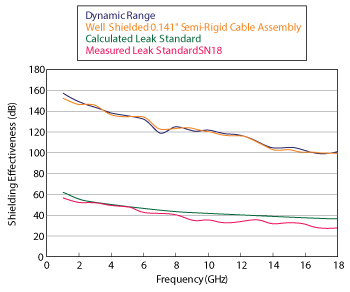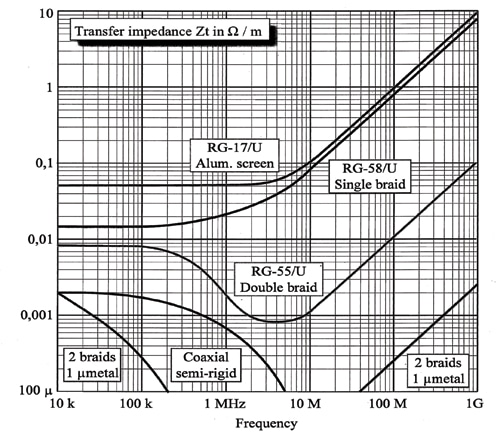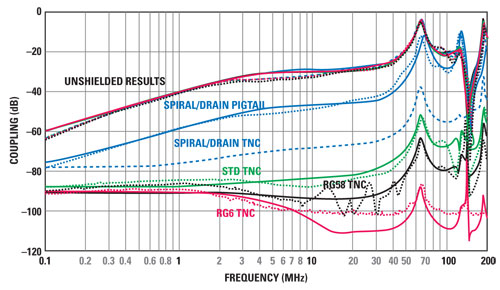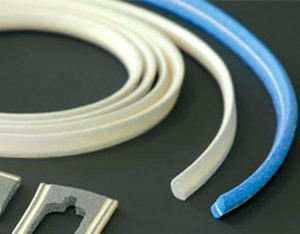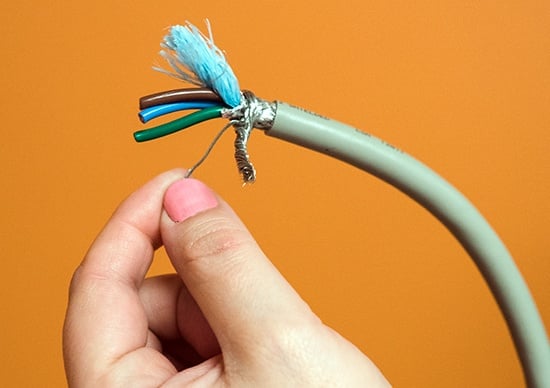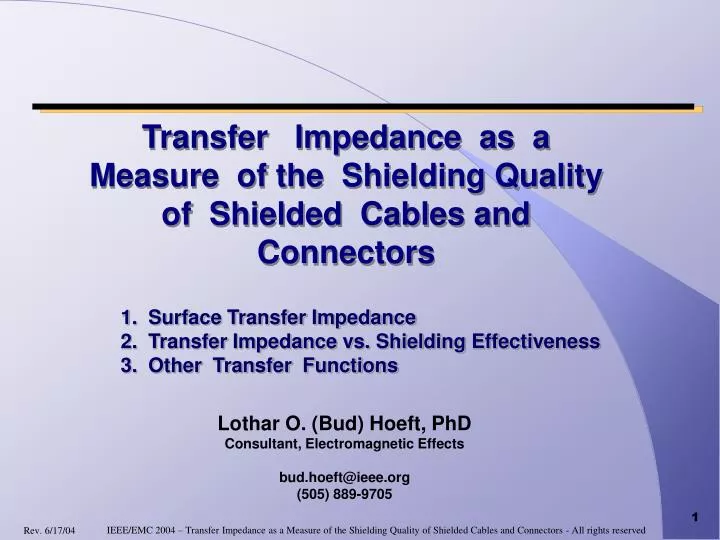Cable Shielding Effectiveness Measurement
An efficient and repeatable measurement method for determining shielding effectiveness of cable feedthroughs based on the use of nested reverberation chambers is presented.
Cable shielding effectiveness measurement. Making accurate measurements is a challenge because shields have many different shapes and purposes. The method is offered as a standard technique for measuring the shielding effectiveness of shielded cables. When a cable specification calls for 90 db of rf shielding the 100 db dynamic range allows a 10 db margin in the measurement range. Ventilation is another example and one that is usually problematic with regards to shielding effectiveness.
The measurement method is validated by comparing measurements on an isolated conductor penetrating the shield with a simple theory based on basic circuit theory in combination with antenna theory. This method is effective for frequencies less than 500 megahertz. A shielding unit is inserted through the box s opening. Cable interconnects which allow cables inside the cage to connect to cables outside may undergo modification for additional connectors that damage the shielding integrity.
Our most common request is to measure se for connectors and cables. The shielding effectiveness is measured by comparing the reading of reference and the load devices. This is a typical margin recommended by various industry specifications. The test method permits measurement of long specimens using high currents with a uniform current distribution along the cable shield.
To verify the periodic calibration two gold standards are employed. For example housings connectors or cables all use shields and each application requires a unique test fixture to ensure accurate and repeatable se measurements. Measurements were made in the frequency range 0 5 to 100 mhz. Measurement method for determining shielding effectiveness of cable feedthroughs.
There could also be changes in compliance standards.
